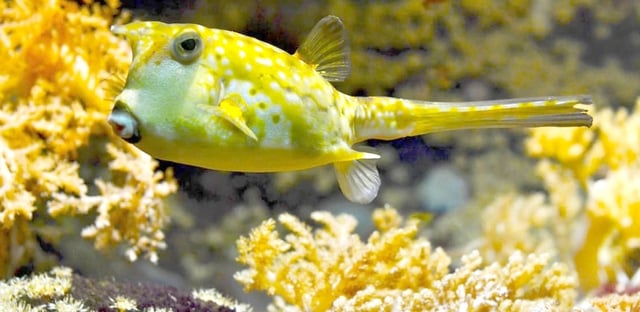
Oceans, estuaries, and bays are some of the most important natural resources worldwide and provide commercial, environmental, and intrinsic values.
Oceans provide 10% of human protein consumption in the form of fish and shellfish, are one of the world’s largest carbon sinks which help mitigate increased atmospheric CO2 levels, and provide educational and recreational values.
However, as human population and industry grow, protecting ecologically sensitive estuaries and bays and our oceans from pollution becomes increasingly important.
Education is one of the most important elements of conservation efforts. The focus of marine education efforts is to raise awareness of the relationship humans have with marine environments, how different types of pollution affect these environments, and how we can reduce the input of these pollutants into the environment.

An aquarium and marine science institution approached Hanna Instruments regarding purchasing water testing equipment for use in their summer camp program for campers between the ages of 8 and 14. The Education Coordinator was looking for a portable pH meter and some chemicals or equipment to be used for measuring important marine parameters, such as conductivity, nitrate, nitrite, phosphate, ammonia, salinity, and dissolved oxygen. The sales representative presented the HI3899BP Backpack Lab Marine Science Educational Test Kit. The Marine Science Backpack Lab is a compilation of all the materials needed to measure and discuss substances commonly monitored in marine water.
Equipment included are waterproof pH and conductivity/TDS testers, chemical test kits for acidity of water, alkalinity of water, ammonia, nitrate-nitrogen, nitrite, dissolved oxygen, salinity, phosphate, and carbon dioxide, a hydrometer for measuring seawater specific gravity, and a secchi disk for measuring the transparency of water. The Education Coordinator appreciated having the tools to measure so many different parameters in one kit. However, what the customer was most excited with the teaching materials that are included in the Backpack Lab.
The Education Coordinator appreciated the 118-page teacher’s manual with suggested curriculum that could be used by the camp counselors to explain important concepts in Marine Science. They also appreciated the lab activities designed to explain the importance of each of the parameters measured. For example, the kit demonstrates that as carbon dioxide is increasing in the ocean the pH will decrease. Placing a seashell in vinegar and seeing it dissolve demonstrates the impact of lower pH on ocean corals.
The Education Coordinator also appreciated the waterproof laminated cards with step-by-step field test procedures with both written instructions and picture diagrams to accommodate different types of learning, and the reproducible lab activity worksheets that highlight goals and activities of each chemical test.
The final thing the Education Coordinator appreciated was that, with the help of the teacher’s manual, the lab activity sheets could be easily adapted for all age groups.
That's why we've dedicated our blog as a helpful resource for you to use! Catch up on the latest products, explore industry trends, discover testing tips, learn how to improve results, and more. Got questions? Email sales@hannainst.com.
